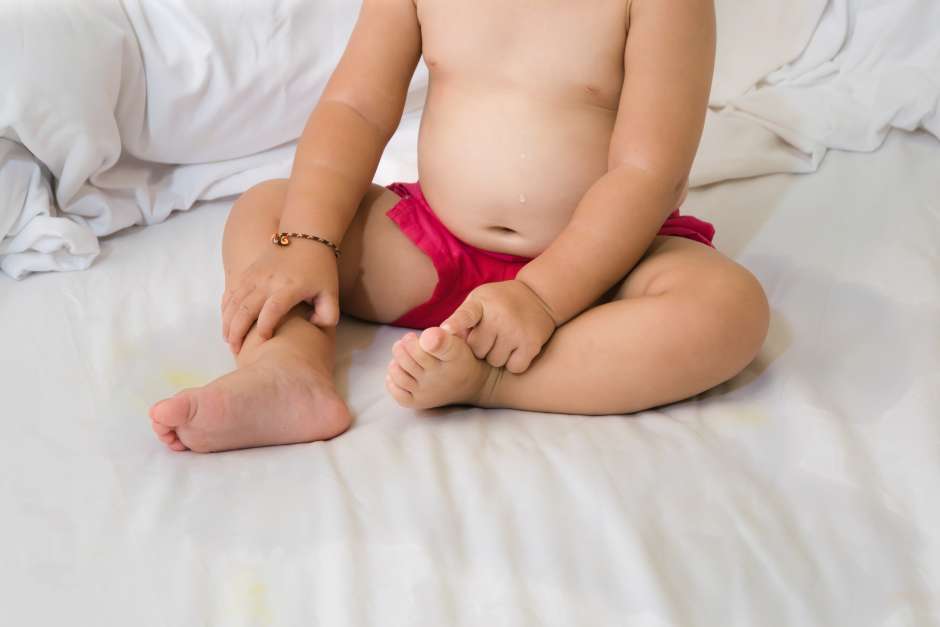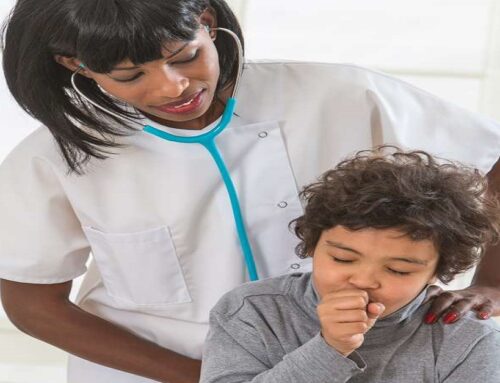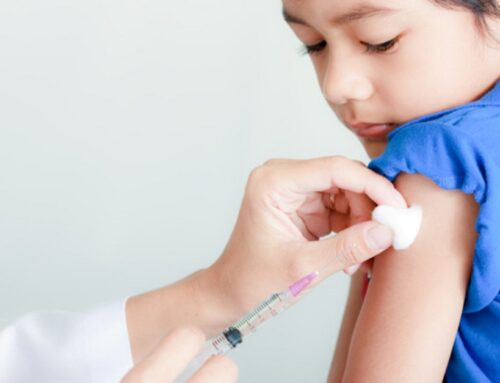Urinary infections in our children
The urinary infection is the one that occurs in the organs that produce urine (the kidney), infection of the device that stores urine (the bladder) or infection of the tubes that carry urine out of the body (the ureter or urethra)
Urinary tract infections are a common and important problem in our children.
There are two types of urinary tract infections:
- High urinary tract infections: infection of the kidneys.
- Low urinary tract infections: bladder infection.
When your child has a urinary tract infection, he or she may have one or more of the following symptoms:
- High fever
- Supra pubic sensitivity
- Back pain
- Irritability
- Loss of appetite
- Pain when urinating
- Burning when urinating
- Increase in the number of times you go to the bathroom to urinate
- New presentation of urinary incontinence
- The presence of blood in the urine.
Children with symptoms of urinary infection should be evaluated quickly. The rapid recognition and treatment of urinary tract infection are an important factor in the prevention of renal scarring, hypertension and renal terminal disease that leads to kidney failure and treatment with dialysis and kidney transplantation.
What are the risk factors that make our children more prone to urinary tract infections?
- Children under 1 year old.
- Girls under 4 years old
- Children who do not have circumcision are four times the risk compared to children who are circumcised to have a urinary tract infection
- Children suffering from constipation
- Children suffering from urinary incontinence
- Children with vesicoureteral reflux
How do we know if the child has a urinary infection?
If your children have one or more of the symptoms listed, you should take your child to the pediatrician for a urine test. This lab test detects if you have an infection. But the culture of urine is what tells us what type of bacteria is causing the infection.
How urinary infection is treated?
The treatment should be done as soon as possible to prevent the complications that occur due to not treating it in time.
The infection is treated with antibiotics for 10 days and then another laboratory test is done to make sure that the infection is cured.
-Dr. Denise Núñez is a pediatrician and founder of the Niño de la Caridad Foundation in the Bronx






